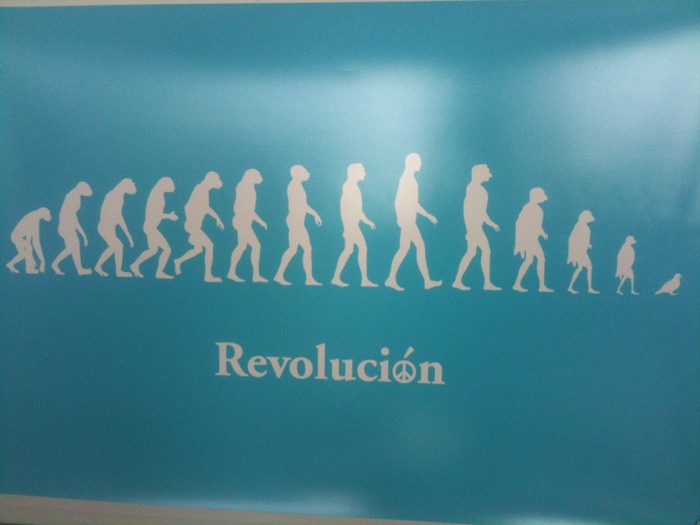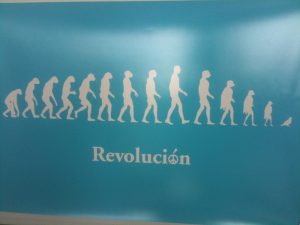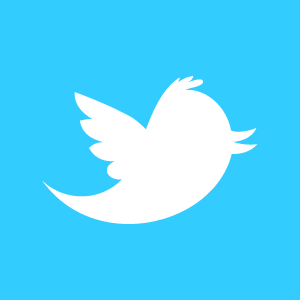My mind continues to reflect back to those with loved ones on Malaysia Airlines Flight 370*. Desperate, hopeful, hopeless, an inexplicable truth staring back at them. What can they do? Wait still more? Call?
I picture each of them picking up their phone, praying, miracle of miracles that their loved ones or colleagues are somehow safe, alive, and will return soon. The phone rings and rings – no answer, obviously. Or perhaps, they hear a carrier’s hollow, computerized message and then an empty silence, their turn to speak. What is there to say?
For a few, the horror and blessing of their loved one’s recorded voice, on infinite loop, tragically disconnected from all we are connected with – which, even in the 21st century, remains frightfully limited to the digital and the physical.
Would you leave a message? Where does it go?
Might an errant text arrive after the terrible truth becomes known? “Mom, Dad. We land in Beijing in just a few hours. See you soon! Much love.”
Despite the persistent limitations of our technologies and their callous lack of both awareness and emotion, I am nonetheless thankful for the many new forms of connectivity we have constructed for ourselves. For all their technical trappings and the radical new linkages between man and machine, I believe they are simultaneously enabling a more profoundly human world.
Never Too Far Away
Death remains blunt and obvious. For those of us old enough, however, born in an era of non-constant connectivity, we can still recall the powerlessness when our parents picked up stakes and moved us far away from all we knew. Dear friends we would never again see nor speak with. We might forget their names, forget what they looked like. We become ghosts to them, as they are ghosts to us.
No longer. Friendships now can easily survive great distances.
It gets even better.
There are friendships that are only now even possible, meaningful relationships with people we never actually meet and likely never will. This should be celebrated.
Yes, we now regularly interact with machines, artificial intelligences, databases, Siri and her cohorts, and it’s all amazing. But we are also interacting with more people than ever before as friends. I think this may have an even more lasting impact on humanity’s future.
I ‘speak’ regularly with people on Twitter, people I call friends, yet have never met them and know I almost certainly never will. I miss them when they are absent.
When they are offline for several days in a row I start to worry. Who can’t take time out to tweet they are busy and won’t be online for a week or so? Something must be wrong!
We share jokes, photos, advice. We listen. We recommend. We know each other’s likes and dislikes. We cheer when they get a new job or announce a new addition to their family.
Understand, this is not at all what I imagine a call on LiveLinks to be like. It’s no 90s phone sex thing, no going onto Yahoo chat and pretending to be someone you are not. We are real. These connections are our friends. We are like pen pals of old — only at infinite scalability and with far more robust communication modes at our disposal.
Is there a name for these types of friendships? Are they more or less special? It seems less, if I am forced to choose, though I admit to more than once being engaged in a discussion with good friends, friends mere feet away from me, then stopping to converse with one or more ‘friends’ on Twitter.
Of All The Souls I Have Encountered
We happily accept we have methods of maintaining contact with friends and family across any distance — via texting, FaceTime or Facebook, for example. Such methods are available to children as equally as to adults, fully accessible and without cost for most of us. That’s wonderful. What we rarely discuss, however, is these same tools have led to an entirely new reality: connecting with people on a deeply personal level, without ever meeting them in the flesh.
They are not ghosts, though we never see them. They clearly impact our lives, though we may not even know what they look like, what they sound like, their height, shape, skin color. I think this is profound.
I never want to reach out and discover a loved one no longer on the other end. But what we have today is, I believe, much better than before. Which probably makes it far more jarring when someone we know, in the flesh or not, becomes forever disconnected from us.
*At the time of writing, there were still no confirmed sightings of Malaysia Airlines Flight 370.
Image courtesy of Bloomberg.







